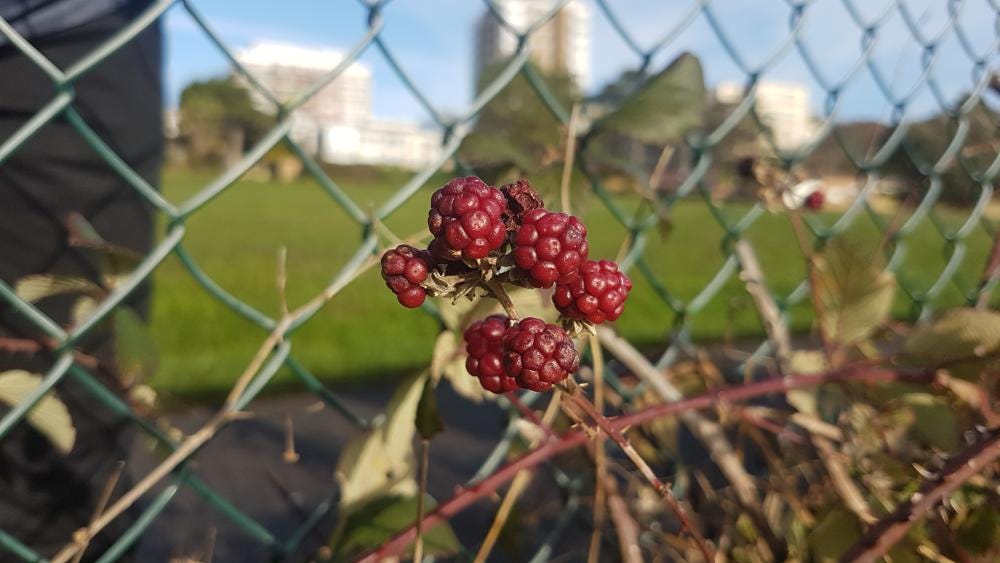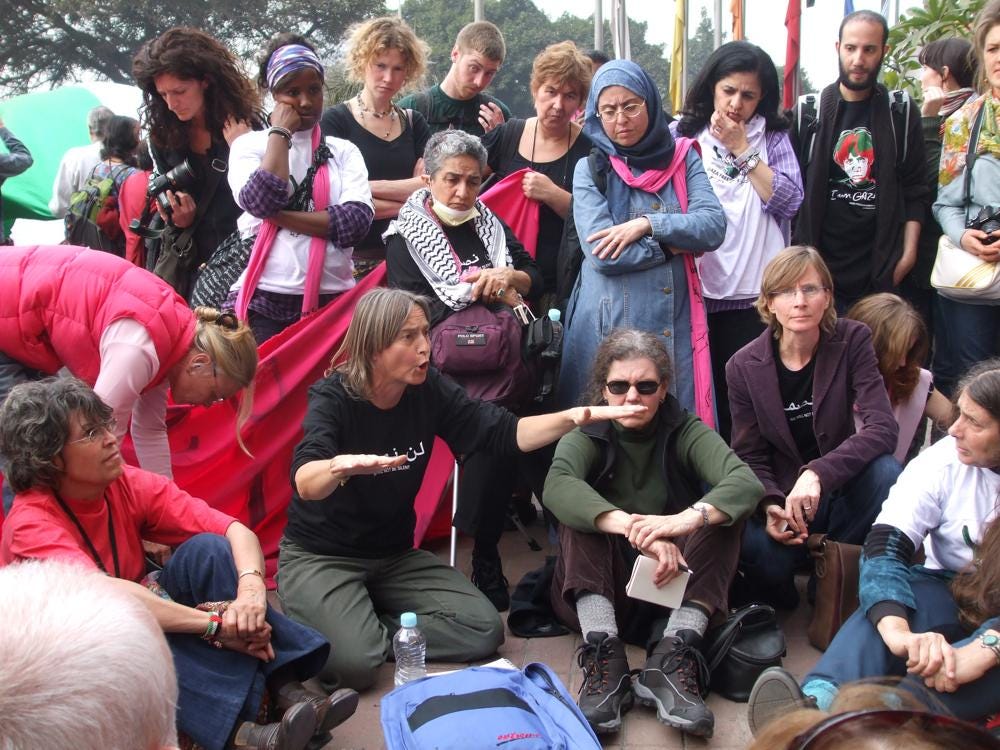Brains
This week: brains and politics, ptarmigan and psychedelic microdosing...
Happy Friday!
And welcome too.
My bread recipe last week was popular—thanks to those of you who sent me photos of your loaves! I hope I haven’t poisoned you… 😅 I’m currently enjoying a moderately successful variation that also includes crushed Brazil nuts. I suspect hazelnuts or walnuts would work better. Let me know how you get on!
What do brains and politics have in common?
According to research from the University of Haifa, the discovery of creative solutions is a collaboration between two very different parts of the brain. One brain region is responsible for original ideas; the other for assessing whether the idea is realistic.
The ability of the brain to operate these two regions in parallel is what results in creativity. It is possible that the most sublime creations of humanity were produced by people who had an especially strong connection between the two regions.
It struck me that the sociopolitical breakdown between supposed ‘idealists’ and ‘realists’ is a tension embedded in our own individual brains.
When there isn’t what the researchers call a ‘strong connection’ between the associative and the conservative regions of our minds, our ideas aren’t as creative as they could be.
Likewise, when the idealist and realist sides of a society aren’t strongly connected, then that society’s political ideas aren’t as creative as they could be. And we all suffer.
~
After fighting on the losing side during the 2016 EU Referendum, political campaigner Eddie Barnes became interested in how we can form stronger, more collaborative connections between people with radically opposed politics.
Politics will always divide people; indeed, division is necessary in a functioning democracy.
Barnes argues that mature democracies divide in ‘mostly civil ways’ because citizens on either side of the chasm have a ‘basic emotional and empathetic grasp of how the other side thinks and feels’.
If that’s the basic requirement for a ‘mature’ democracy, then the UK is definitely a screaming, sulking, stomping adolescent.
~
But Barnes is optimistic that we can find a way back to creative collaboration. He works for Our Scottish Future, a think tank founded by Gordon Brown that was (until Covid-19 intervened) trialling ‘community assemblies’ of citizens with very different political world views.
These assemblies were designed to help people understand each other and move past their differences to find solutions acceptable to everyone.
One element of each assembly involved having to listen to another person for 90 seconds without interrupting. … It was intriguing to see people’s surprise that they shared common priorities and values with each other. We also witnessed groups reaching fresh conclusions about how to navigate some of our thorniest problems.
~
This, of course, all sounds very familiar: the community assembly is a basic unit of anarchist decision-making.
I, like many others, was first taught the principles of anarchist decision-making by creative, collaborative activists from the feminist movement. And I have seen these ideas working in practice everywhere from the streets of Cairo to the steps of Saint Paul’s.
Now—lo and behold—Our Scottish Future have also found that these open assemblies are much better at bridging political divides than either ignoring or shouting at each other.
There is hope—and I couldn’t offer up a more striking image for this hope than asking you to imagine one half of your brain as Gordon Brown and the other half as a band of anarchists.
This piece was written using a process I learned on the Ness Labs Content to Creator course.
✒️ Recently…
🍞 Thought for Food #2: Bread of Life (20 November)
🦠 The Shock and The Reason (13 November)
🍪 Unsponsored Content: Going Rogue (6 November)
🏛️ Nowstory to History (6 November)
⚽ Shankly’s Life and Death (30 October)
🚴 Always available: the collected scribblings of my round Britain cycling adventures
Any more for any more?
We’ve all been rehabilitated at one time or another, but I only learned this week that one can be habilitated as well—qualified, made fit and able. In fact, we get the word ‘ability’ from the same Latin root. Makes sense.
The ptarmigan is a bird with a call like someone slow-playing a Cuban guiro. They are one of our few British mountain specialists and live, together with their more famous mountain hare neighbours, in the highest Highlands of Scotland.
Because air is a better insulator than body fat, the ptarmigan has a pre-winter moult that switches its brown flying feathers for toasty white down. #
This warm, but heavy coat makes the ptarmigan very reluctant to fly in winter. Instead, if they need to make a quick getaway, ptarmigan throw themselves off the top of a crag and tumble to the bottom.
On this episode of the 99 Percent Invisible podcast, author Emily Anthes describes how humans are now a predominantly indoor species. On average, we spend around 90 percent of our time indoors and that hermetic existence has profound effects on our physical and mental health.
We can buffer against the worst of these by bringing plants indoors (yes, even fake plants) and by opening our windows. But best of all would be to spend more time outside. Just three hours outdoors is enough to put us well above average (and, yes, why not time yourself!).
I have probably mentioned this before, but the Imperial-Beckley self-blinding microdose study has now finished collecting data and results from phase one of the study are due… NOW. Catch up with the questions in this 2019 Breaking Convention talk by Clinical Director of the Imperial Centre for Psychedelic Research Dr David Erritzoe: What we (don't) know about psychedelic microdosing (or here if you prefer scientific papers…)
I’m watching a huge shelf of stratocumulus stratiformis cloud coming in from the ocean, blocking out the early morning sun. But the watching is over and the work must begin.
Have a wonderful weekend!
Big love,
dc:
CREDITS
Hello, I’m David Charles and I wrote this newsletter. I publish another newsletter about reading called Books Make Books. I’m co-writer of BBC Radio Wales sitcom Foiled, and also write for The Bike Project, the Center for International Forestry Research and Thighs of Steel. Reply to this email, or delve into the archive on davidcharles.info.
Unlock the commons for £30
These free weekly newsletters are currently 7.8 percent funded. You can unlock the commons for everyone forever (or at least until the Internet falls asleep) by becoming a paying subscriber from £30 per year—that’s 58p per newsletter. I donate 10 percent to help promote equality and justice. Thank you.



